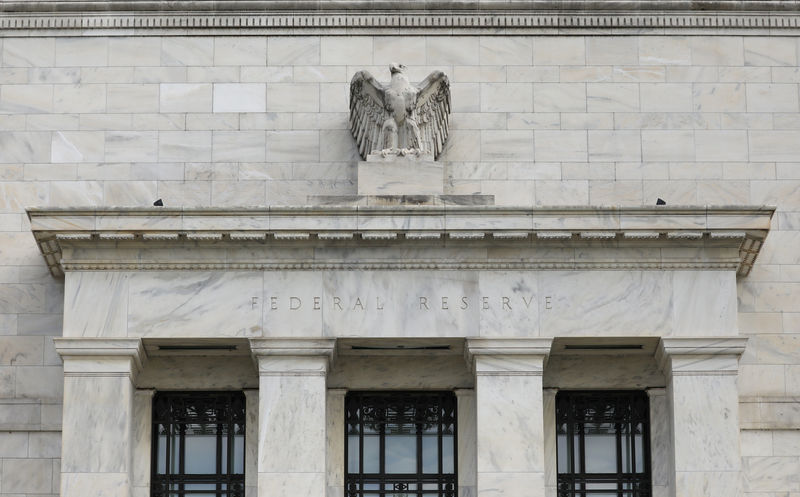(Bloomberg) -- The Federal Reserve said it will begin winding down its monthly asset purchases later this month at a pace of $15 billion per month, starting the withdrawal of last year’s emergency pandemic support, while expressing less certainty that the jump in inflation will prove temporary.
After reductions in November and December, “the committee judges that similar reductions in the pace of net asset purchases will likely be appropriate each month, but it is prepared to adjust the pace of purchases if warranted by changes in the economic outlook,” the U.S. central bank’s policy-setting Federal Open Market Committee said in a statement Wednesday following a two-day meeting.
The Fed said it would reduce Treasury purchases by $10 billion and mortgage-backed securities by $5 billion, marking the beginning of the end of the program aimed at shielding the economy from Covid-19. The FOMC decided to maintain the target range for its benchmark policy rate at zero to 0.25%. The decision was unanimous.
The dollar declined, 10-year yields pared earlier gains and the S&P 500 reversed losses.
Central banks in developed economies globally are shifting their attention to the risk of inflation as supply-chain logjams spur shortages amid strong demand. The Fed’s preferred inflation measure was 4.4% in the 12 months ending September, the highest in three decades and more than double the central bank’s target. Consumers’ expectations for prices climbed to 4.2% in the same month, the highest in records going back to 2013.
“Inflation is elevated, largely reflecting factors that are expected to be transitory,” officials said in the statement. “Supply and demand imbalances related to the pandemic and the reopening of the economy have contributed to sizable price increases in some sectors.”
Investors widely expected the announcement on asset purchases at this meeting as Fed officials including Chair Jerome Powell had signaled the move. Powell will hold a press conference at 2:30 p.m. in Washington. Powell’s term expires in February, and President Joe Biden said Tuesday he would announce his choice for chair and other openings “fairly quickly.” The pace of the taper clears the way for a possible interest-rate increase in the second half of 2022, with nine of 18 officials forecasting a move next year in their September outlook. Wednesday’s statement reiterated that rates will be held near zero until the economy achieves maximum employment.
Several measures of the labor market remain weaker than pre-pandemic levels, and policy makers are likely to intensify their debate over whether the period before Covid-19 hit offers the best benchmark for a workplace that has undergone tremendous change over the past two years.
Yields on 10-year U.S. Treasuries have declined over the past two weeks while rates on two-year notes have risen as traders price in expectations of a more aggressive, anti-inflationary tilt to Fed policy. Central bank officials have worked hard to distinguish tapering asset purchases from tightening, with Powell saying on Oct. 22 that raising interest rates would be “premature” given slack in the labor market.
(Updates with market reaction in fourth paragraph.)
©2021 Bloomberg L.P.
